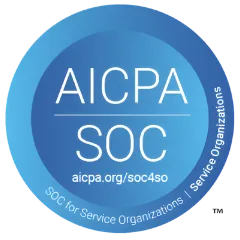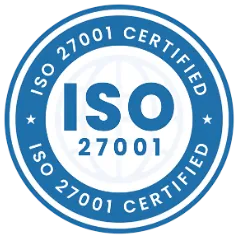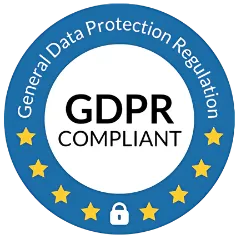You may fear the annual audit since it is a big or possibly costly and problematic task endeavor for you and your co-workers. You may even try to avoid it.
However, an annual audit process is the only true way to ensure your financials are in order and hopefully prove the strength of your business for the coming year audit.
But you need to be prepared for the auditing process. Your finance & asset administration will enable your asset auditor to carry out his work better and provide you with a better understanding of your association.
Therefore, cooperating with the auditor will help in discovering new approaches to improve efficiency, daily operation and reduce errors. Thus, a fruitful audit begins far before the actual audit happens.
Different Ways for Auditing Process
Here are a few different ways how your association can be ready for auditing process.
Also Read: How Does Asset Management Software Help in Audits?

1. View Auditor as a Friend
An auditor will review your organization's assets and physically verify them. He or she will note down asset condition and cross-examine the documents for authenticity. All asset numbers matched to maintain accuracy.
From there, the problem can be found, if the problem exists. Similarly, potential areas of growth and improvement can be found as well. All these measures lead to effective management.
2. Keep Separate Files for Auditing
You can keep records of assets and maintain those records. This file can hold documents and papers such as assets on a lease, lease agreement, purchased assets bills, transactions, debt agreement, etc.
3. Track Assets
All organizations, regardless of whether private or public, are need to keep precise asset reports for several reasons. A few educational facilities or non-government companies (NGO) tracks assets with money collected from charity & donation. Misrepresentation of information could lead the organization towards losing fund opportunities.
Moreover, all organizations somehow rely on their fixed assets. For instance, employees may need assets to do their jobs efficiently. If assets are lost or missing not only employee productivity will suffer but organization productivity will also be compromised.
To make the yearly audit process less tensed and exhausting, perform smaller asset audits at regular intervals throughout the year. This makes it simpler to keep track of fixed assets and less likely that the annual auditing process will be messed up.
An incorrect asset audit harms the legitimacy of your asset transactions, therefore adversely affecting the organization's asset report, balance sheet, and notoriety.
4. Set a Deadline for Departments
Let all the departments know about all financial records, reports, and documents shall be ready. When all departments will be ready the audit will be more efficient, smooth, and less time-consuming.
Also Read: 5 Problems Occur Due to the Absence of Asset Management
5. Implement Asset Management Software
Asset management software can be very beneficial, especially in a year-end audit. When a business grows the more items are required by employees to perform daily operations.
This software can help you know how many exact assets you have in your organization and how many are lost. It allows you to know precise asset location with various other information like asset owner information, status, etc. including complete history for every particular asset.
And, when you know exact asset whereabouts then chances of losing assets are minimized and this is also very helpful in asset auditing.
Users can verify assets on their Android/iOS devices. This application also provides the facility to operate in offline mode and whenever the mobile is connected to the internet, all the data and information are synchronized and updated.
With the software, assets can be marked as present, not present, present with incorrect details or new asset found during an audit.
Asset tracking management software also tracks asset life & helpful in depreciation management. It shows, how much asset life is left and how much value of an asset has been used. Basically, according to the asset useful life, depreciation is calculated. It allows the company to spread out that expense and produce revenue.
When an audit is conducted, the audit report is generated with all the variances found during the physical verification. This report is used to reconcile the data in the asset list.
According to a Forbes article,
“Various studies report that nearly 9 out of 10 spreadsheets (88%) contain errors. A majority of these errors were from human error (and could have been avoided).”
However, this data is old but still, several organizations use a spreadsheet for asset tracking. As a result, the numbers and data might be inaccurate. All that effort you made the whole year, was compromised.
By implementing this software, you will not be wasting time in tracking your assets and inventory. Moreover, all the data information will be accurate and will be helpful in auditing.
Also Read: How Asset Infinity made keeping tracks of IT Assets Easy in an NGO
Conclusion
Auditing assets is a crucial activity; it ensures that accounting for assets & depreciation is in compliance with management's goal. In order to maintain accuracy, asset management software can play an important part as it provides several benefits such as:
- Eliminating ghost assets
- Regulatory compliance
- Depreciation management
- Detail reports and analytics
- Asset tracking
If you need help in asset auditing process. We will be happy to assist you.
FAQ (Frequently Asked Questions)
1. What is depreciation management?
As per the Investopedia,
“Depreciation is an accounting method of allocating the cost of a tangible or physical asset over its useful life or life expectancy. Depreciation represents how much of an asset's value has been used up. Depreciating assets helps companies earn revenue from an asset while expensing a portion of its cost each year the asset is in use. If not taken into account, it can greatly affect profits.”
2. What methods are used in calculating asset depreciation?
There are several methods for calculating asset depreciation: Straight-line method, Double declining balance method, Units of production method, Sum of years digits method.
3. How the Audit Procedure is designed?
The audit procedure is normally designed by the auditors based on the characteristic of target transactions or event's risks that is associated with the approach, that auditor responds.
Risk assessment contributes significantly to auditors to design the right audit procedures. There are three important things that all the procedures should address.
1. The assertion that auditor want to confirm
2. Procedure to test that assertion
3. Reason to perform the procedure

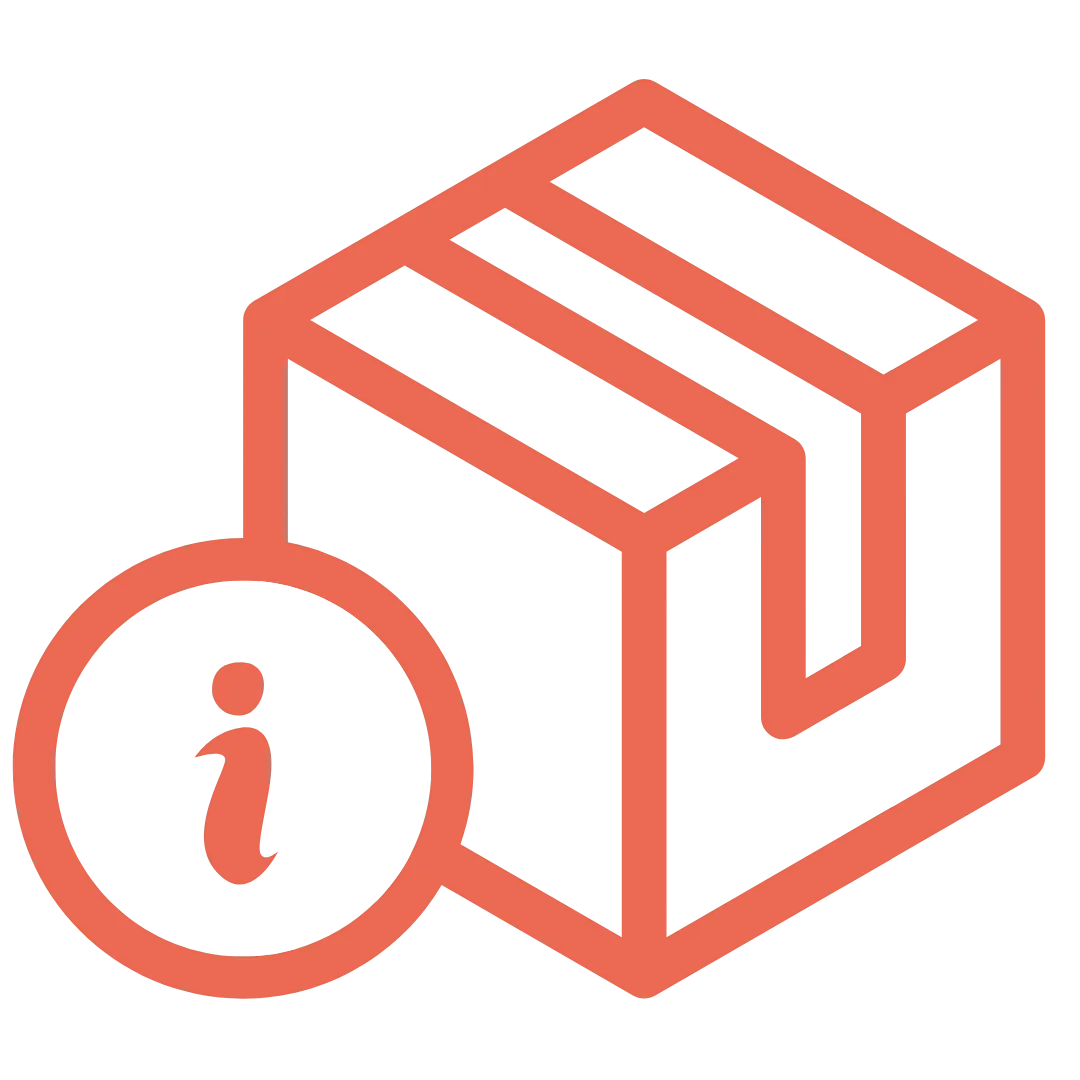
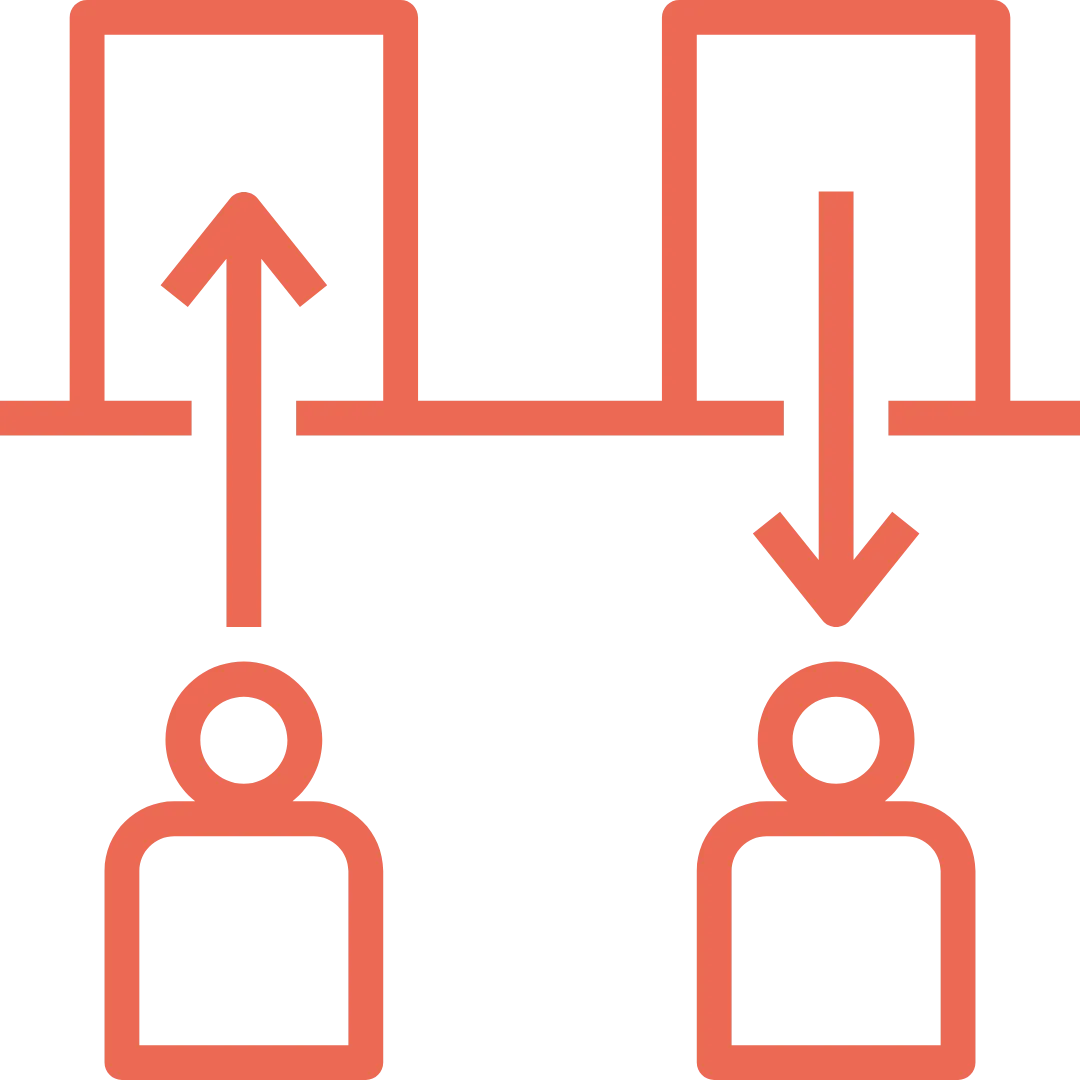








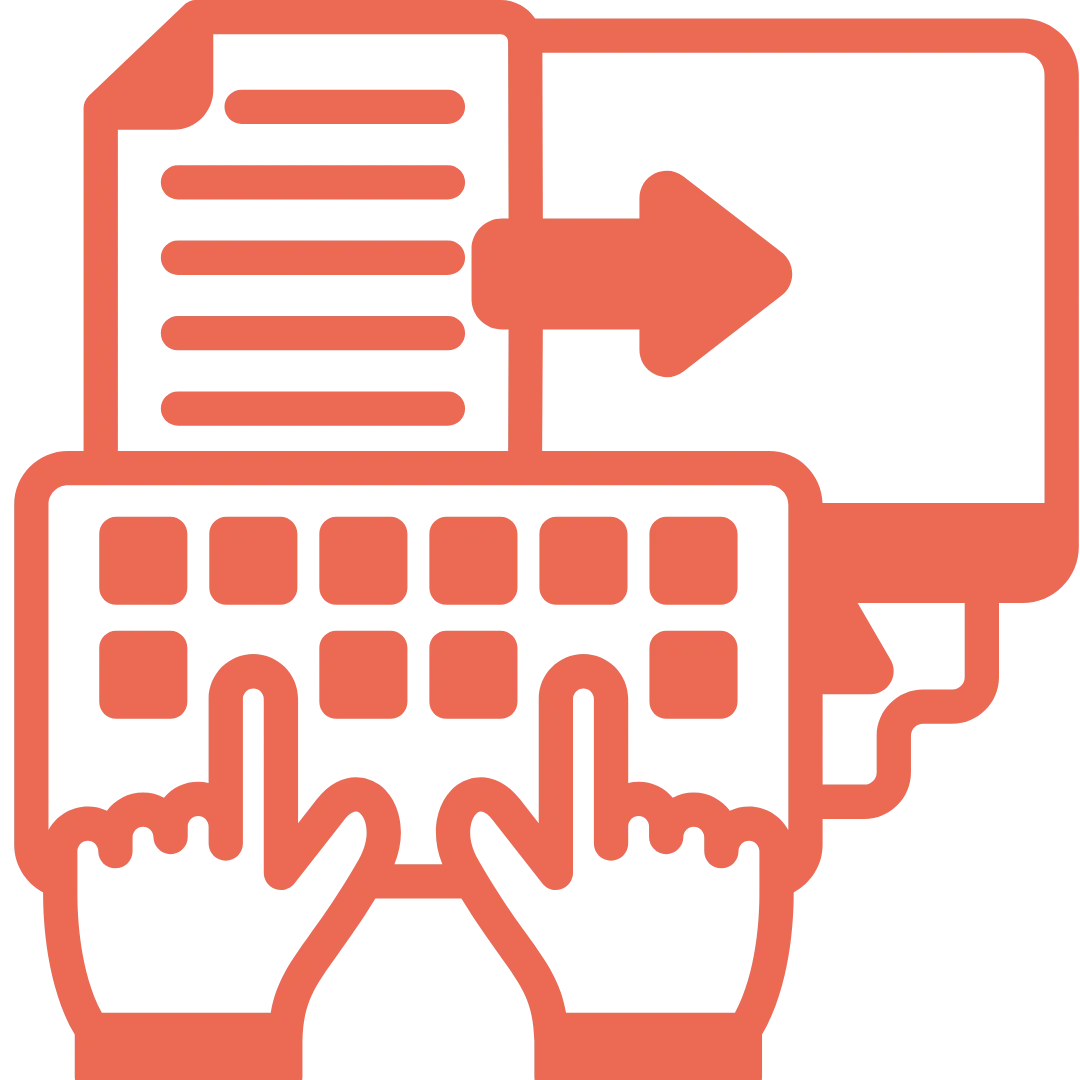
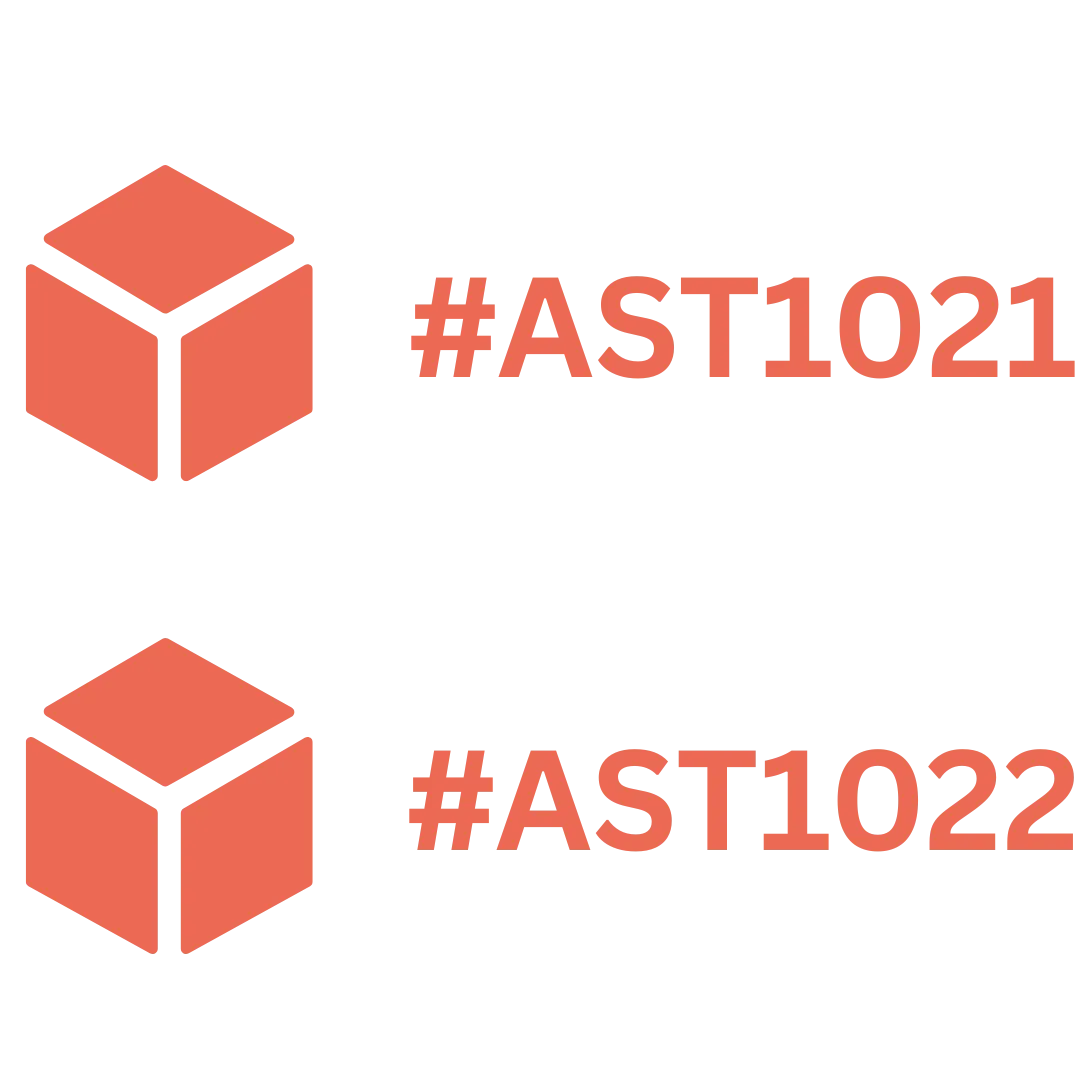



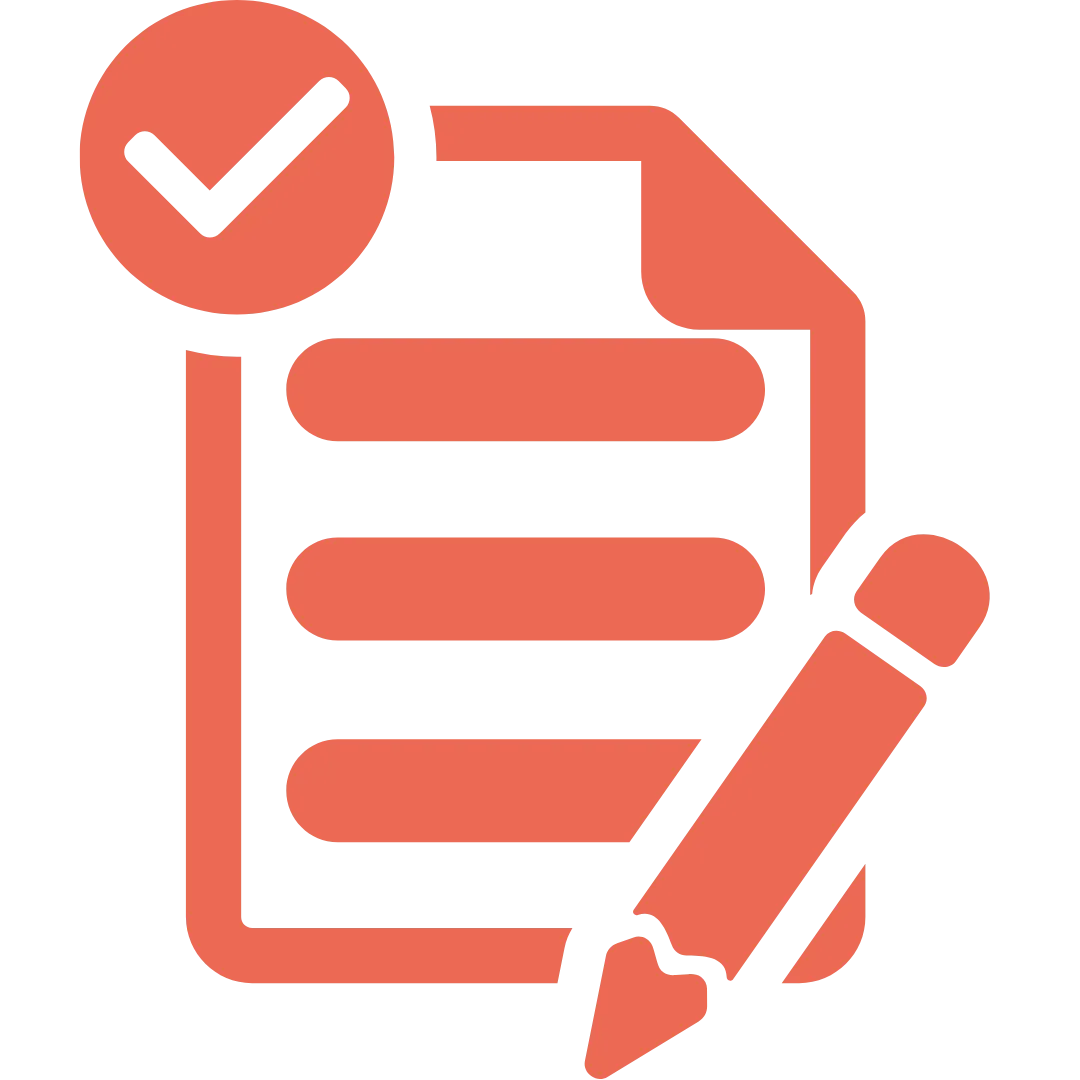

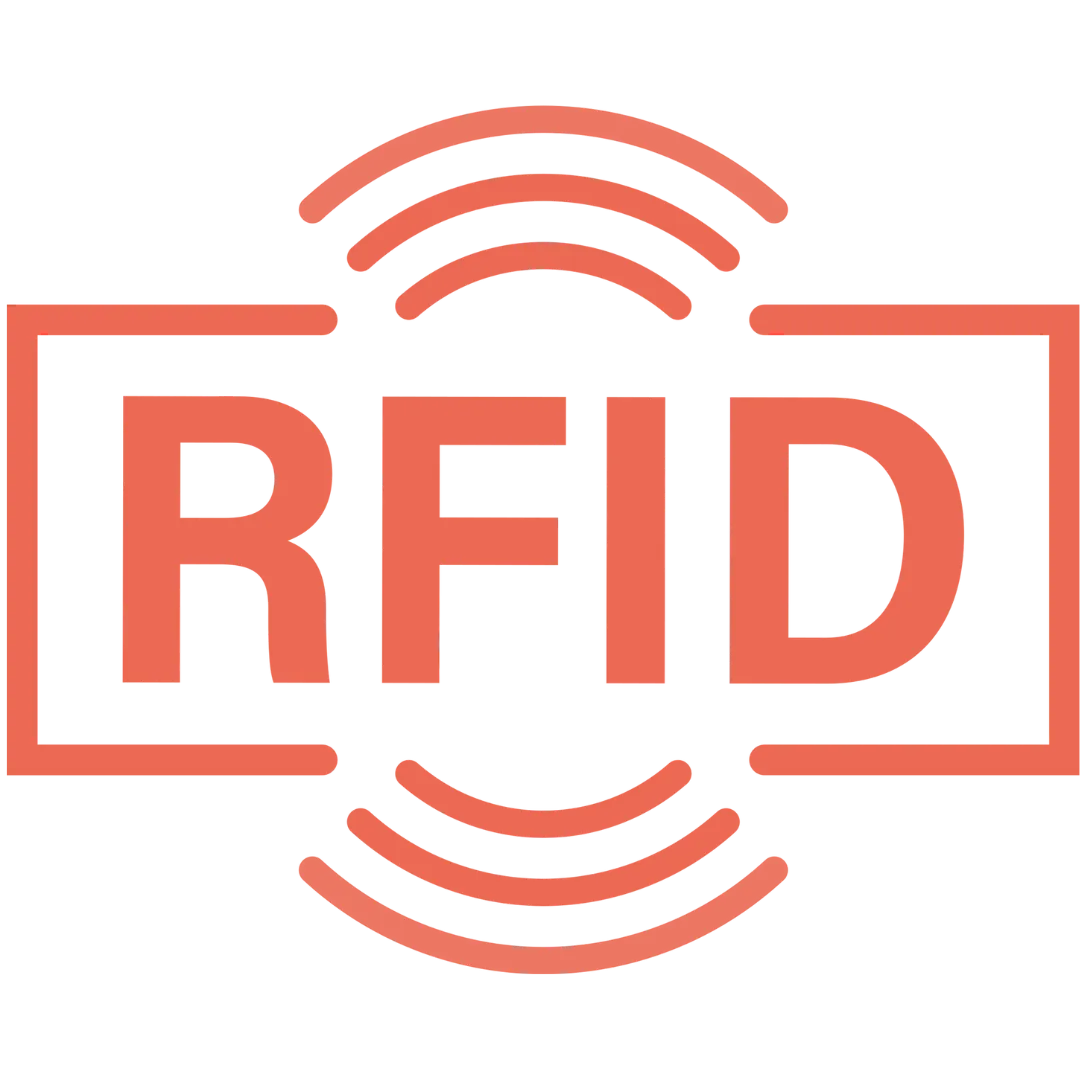






























.webp)
.webp)
.webp)
.webp)
.webp)
.webp)
.webp)
.webp)
.webp)

.svg)




.webp)
.webp)






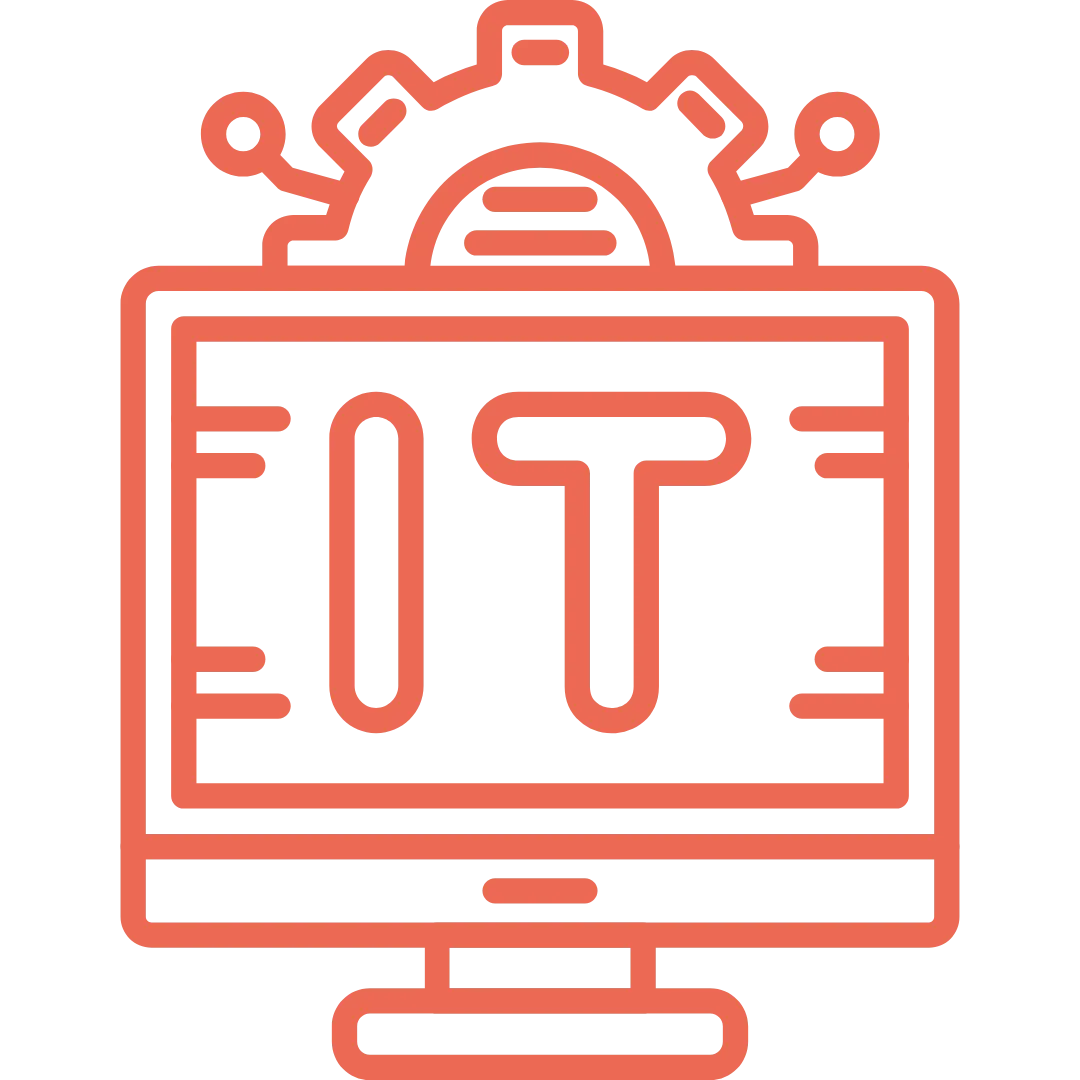



























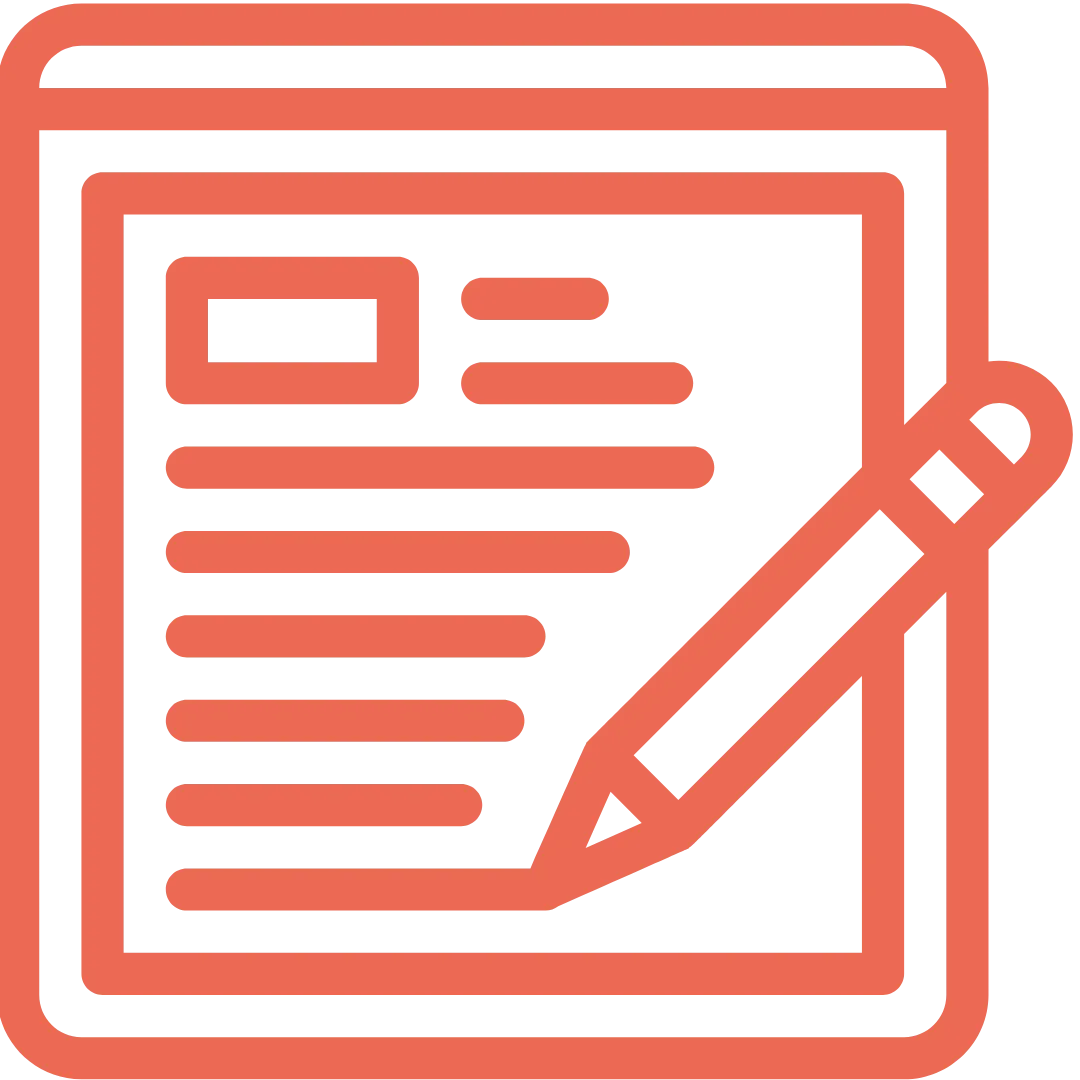

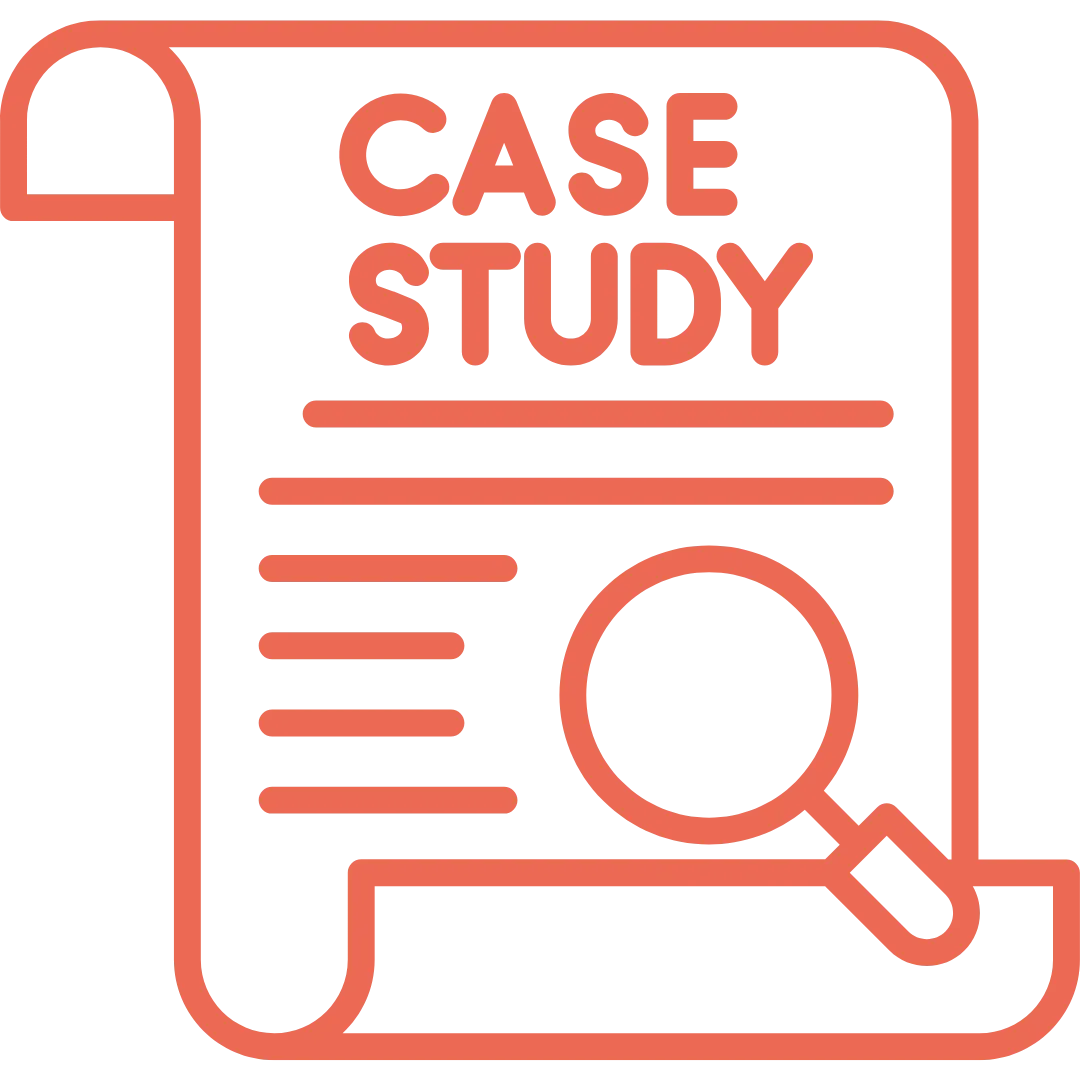






.png)




.webp)

















